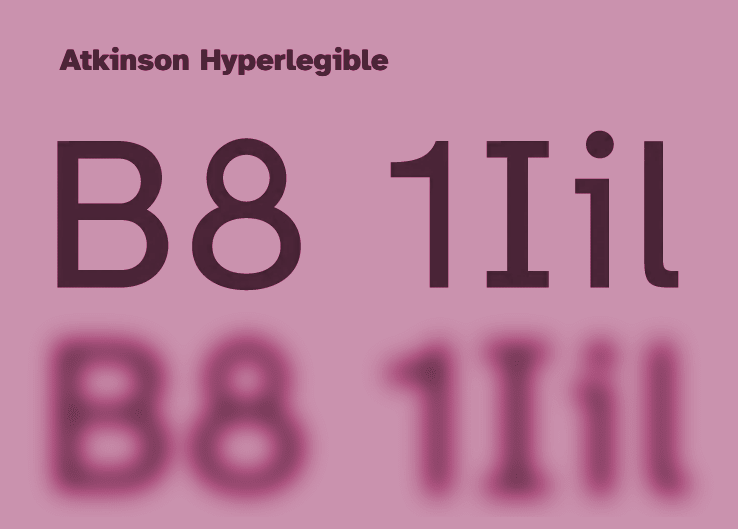November 2023
Doheny-UCLA Affiliation Marks 10th Anniversary

This December we proudly celebrate the 10th anniversary of the Doheny Eye Institute and UCLA Stein Eye Institute affiliation, a fruitful partnership that continues to elevate groundbreaking vision research as well as enhance patient care through the Doheny UCLA Eye Centers located across Southern California.
A decade ago, Marissa Goldberg, CEO of Doheny Eye Institute, with the assistance of advisors and the approval of the Doheny Board of Directors and UC Regents, led the decision-making process to select UCLA Stein Eye Institute as its affiliation partner. Ms. Goldberg, Bartly J. Mondino, MD, the former director and former chair of Stein, and their teams formalized the 99-year affiliation agreement in December 2013.
Demonstrating the success of this partnership, every year since this alliance began, Doheny and Stein have together ranked in the Top 5 Ophthalmology Hospitals by U.S. News & World Report.
The great success is due in large part to the guidance of incredible leaders, including:
- Marissa Goldberg, CEO of Doheny Eye Institute
- Bartly J. Mondino, MD, the former director and former chair of Stein Eye Institute
- Anne L. Coleman, MD, PhD, Director of Stein Eye Institute, Chair of UCLA Department of Ophthalmology and Affiliation Chair of Doheny Eye Institute
- Mr. Charles T. Foscue, Chair of the Doheny Board of Directors and member of the Stein Eye Institute Board of Trustees
This alliance has created synergy and accelerated excellence between Doheny and Stein research scientists and clinicians, complementing each institute’s strengths in vision research and patient care.
This means that the scientists have the benefit of collaboration and ideation across a large network of leading experts in their field as well as access to world-class, state-of-the-art labs and equipment to conduct innovative research. In addition, people across Southern California have the benefit of receiving top-tier patient care through the Doheny UCLA Eye Centers in Arcadia, Pasadena, and Orange County.
Doheny’s Chief Scientific Officer Deborah A. Ferrington, PhD, notes, “Together we are making an even larger contribution to our community and to the advancement of vision science. Our partnership with Stein Eye Institute magnifies the impact of both organizations in everything we do.”
With the first decade now behind us, we eagerly look forward to the future as we continue working together with Stein to transform vision research with the goal of preserving eyesight for everyone.
Help Support Vision Research by Generously Considering Doheny in Your Holiday Giving
Saving human eyesight has been the core mission of Doheny Eye Institute for more than 75 years. Over the decades, Doheny has gained prominence among the national and international scientific community for its valuable contributions toward understanding and treating ocular diseases through important breakthroughs that have made a tremendous impact in vision care around the globe.

Led by CEO Marissa Goldberg and Chief Scientific Officer Deborah A. Ferrington, PhD, the world-class scientists at Doheny are actively investigating an array of diseases that cause vision loss and blindness, including diabetic retinopathy, glaucoma, age-related macular degeneration (AMD), Stargardt disease, and Leber hereditary optic neuropathy (LHON). Over the last few years, Doheny scientists have developed novel eye imaging equipment and computer-based retinal image analysis used with artificial intelligence (AI), identified retinal biomarkers for Alzheimer’s Disease, and developed multiple models of ocular disease.
This incredible commitment to groundbreaking research continued throughout 2023. Several notable accomplishments our scientists have been able to achieve include:
- Faculty at Doheny and UCLA have used advanced computational tools to discover why patients with LHON, caused by a genetic mutation that results in defective mitochondria, go blind.
- Doheny scientists have discovered a novel mechanism revealing how retinal cells preserve cellular energy by lowering their activity to avoid cell death.
- Multiple Doheny-led studies focus on AMD, the leading cause of blindness among the elderly, for which there are limited treatment options. These investigations aim to clarify the causes of AMD and provide insight into new treatments that would reverse these changes by:
- Examining why blood vessels in the outer retinal layer deteriorate at an early stage of AMD;
- Determining how oxidative stress contributes to the development of AMD and finding antioxidants that could be used as treatments; and
- Developing a personalized medicine approach for treating AMD by making retinal cells from patient-derived stem cells to study the disease mechanism and test drugs.
- Doheny scientists are building state-of-the-art, high-resolution retinal imaging instruments capable of visualizing single cells in the retina of patients with ocular disease.
- AI-based algorithms are being developed to analyze retinal images of AMD and Stargardt patients to predict the rate of disease progression, an important piece of information for clinicians as well as their patients.
This is just the tip of the iceberg when it comes to the innovative research happening at Doheny every day that could have major implications for the understanding of eye disease, finding effective therapies and the overall future of vision care.
Give today and support Doheny by visiting doheny.org/donate. Your cash, credit, or stock donation will make a lasting impact on the future of vision science. Doheny also offers information and resources around planned giving to help secure your future legacy here. For more information, you can reach Molly Ann Woods, CFRE, Chief Development Officer, at .
It only takes a few minutes to give the gift of sight.
Doheny Enhances Readability of Communications Materials

You may have noticed that this month’s newsletter has a slightly different look. That is because, in our continued effort to make our materials more accessible, especially for people with low vision, we transitioned our website and are transitioning our newsletters to a new font: Atkinson Hyperlegible. This font, designed by the Braille Institute and named after its founder J. Robert Atkinson, offers more prominent letterform distinction to help increase character recognition and improve readability. If you’re interested in using or learning more about this font, it is available for free and can be downloaded from the Braille Institute’s website.